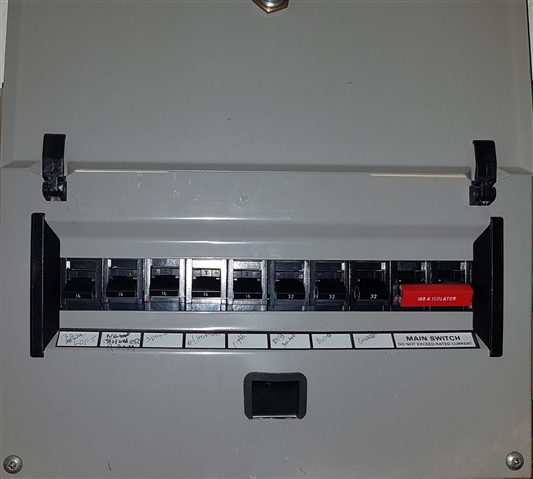I an trying to determine the maximum Zs for the spare 16 amp MCB with a 5 second disconnect time.
The maximum Zs of the SWA distribution circuit will be less than 1.4 ohms using a third core as the CPC not including the armour, so it will be lower.
Edit- taking Ze as 0.8 ohms TNS.
professional-electrician.com/.../

